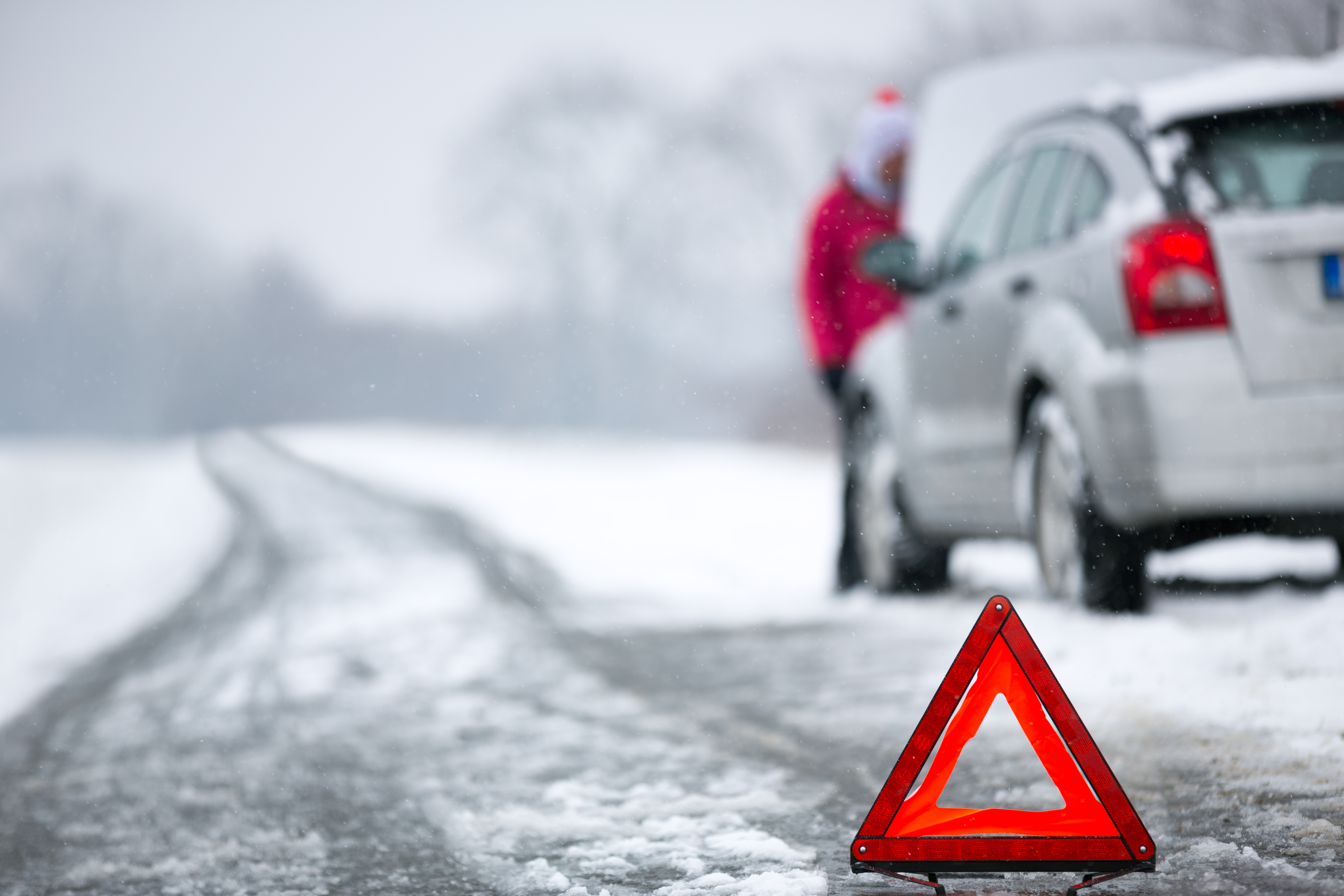Posted on 2/27/2023

Tire pressure monitoring systems (TPMS) are designed to alert drivers when the air pressure in one or more tires is too low. This is an important safety feature, as under-inflated tires can lead to poor handling, reduced fuel economy, and even a blowout. There are two main types of TPMS: direct and indirect. Direct TPMS use sensors mounted inside the tires to measure the air pressure and send the information to the vehicle's onboard computer. Indirect TPMS, on the other hand, uses the vehicle's ABS (Anti-Lock Braking System) sensors to estimate the air pressure based on the rotational speed of the tires. When a TPMS sensor detects a low tire pressure, it sends a signal to the vehicle's onboard computer, which then displays a warning on the dashboard. The warning light will typically be either an exclamation mark within a horseshoe or a flat tire icon. One of the most common issues with TPMS is a dead or weak battery in the sensor. This can cause the sensor to stop transm ... read more
Posted on 1/26/2023

The wintertime in Mason, OH can be brutal. With freezing rain and snow likely in the forecast, having a working set of windshield wipers on your vehicle is vital for safety. Wipers provide a clear view of the road by clearing off your windshield. Read on to learn more about windshield wipers and your options when it is time to replace them. FAQs on Windshield Wipers Are There Different Types of Wiper Blades? Of course! Some wiper blades are catered for summer driving. They are lightweight and primarily aim to clear water. On the other hand, you can also get winter wipers. These are made to be used in the cold, and they are extra durable with a heavier layer of rubber. Windshield wiper blades also come in frame or beam styles. How Often Should You Change Wiper Blades? Wiper blades should be replaced every 6-12 months, depending on how they hold up. It is best to replace them before the first snowfall each year, as the cold can take a toll on your wipers. What Signs In ... read more
Posted on 12/23/2022

Oil sludge, also known as engine oil decalcification, is a result of the oxidation of oil in the engine. The process begins when the engine uses oil. The oxidation process breaks down oil molecules and releases free radicals, which react with other substances in your engine to create potentially harmful compounds. The primary concern for most people regarding oil sludge is that it could damage their engine, especially when the motor begins to run hot. However, there are other concerns about the damage oil sludge can cause. What Causes Oil Sludge? Oil Sludge is one of the most common issues people encounter with their cars. The leading cause of oil sludge is faulty seal and gasket fittings on your engine. Oil sludge can build up on the slugs and rags used to change the oil in your car, resulting in a build-up of debris that causes problems with your car's performance and safety. How to Prevent Engine Sludge Build up Keep an eye on the dashboard when you start the vehicle. Does ... read more
Posted on 11/30/2022

It may seem counterintuitive to say that your car is overheating in the winter or colder months, but is not. An overheating engine can happen any time of year, even when the temperature goes below freezing. If you don’t want to be the person stuck on the side of the road, it helps to know what problems can cause your vehicle to overheat this time of year. #1: Failing Thermostat One of the most common causes of an overheating engine in the winter is a faulty thermostat. If you notice that your temperature gauge doesn’t rise as you drive, it means the thermostat is not working. While you may think it is not a big deal, this part measures the temperature to determine whether it should allow more or less coolant to flow through the engine. #2: Bad Radiator Over time, debris and other particles can accumulate and clog the radiator. As a result, it can block airflow and cause your engine to overheat. #3: Leaking Coolant/Antifreeze Last but not least, you should ... read more
Posted on 10/31/2022

A car's brakes are the most important part of the car because they bring a fast-moving mass weighing upwards of 2,000 lbs to a safe stop. Brakes that stop cars must be strong enough to withstand the force of the moving car. The best force for stopping is hydraulics, the force you feel when you touch the brakes. The brakes use fluid kept under pressure. Once this brake fluid gets low, the brakes stop working as they should. This quick read highlight signs your vehicle's brake fluid might need topping off. Braking Problems? Today's vehicles have sensors that tell drivers something's wrong. Some cars have a sensor that triggers the brake light on the dash. While the most common reason is low brake fluid, the sensor doesn't say why the fluid is so low. Thus, the brake light tells you something's wrong that should be fixed. But what if your car doesn't have a brake light? No worries, pay attention to these 3 things. The dashboard brake fluid light: When brake ... read more